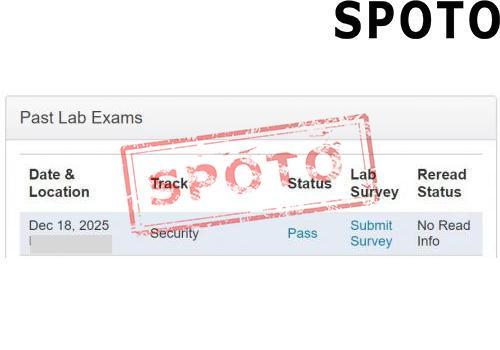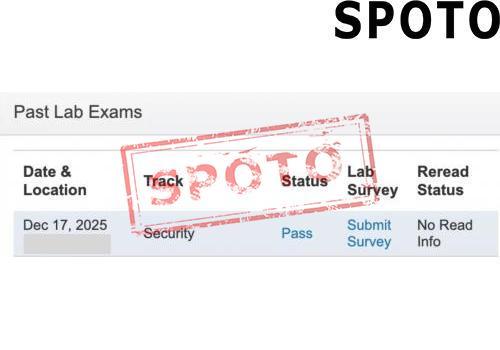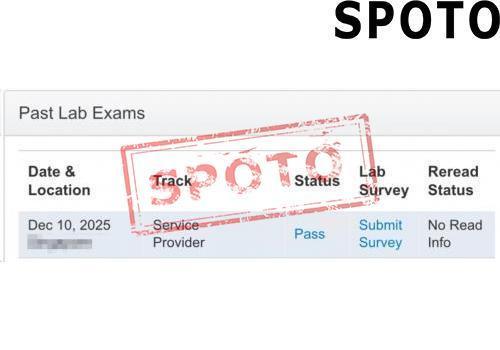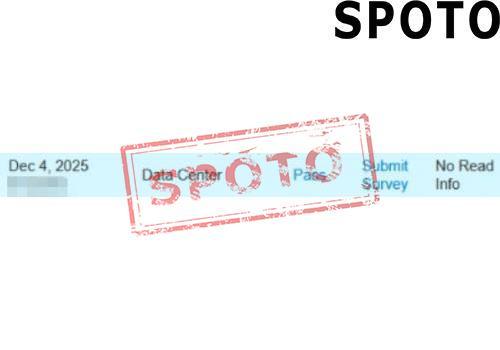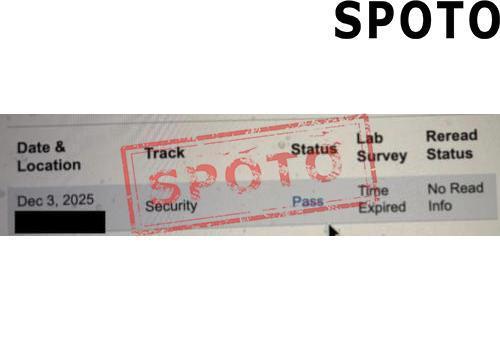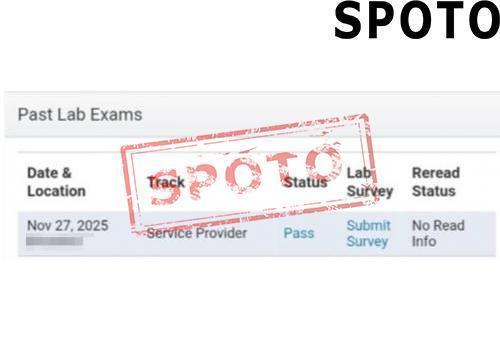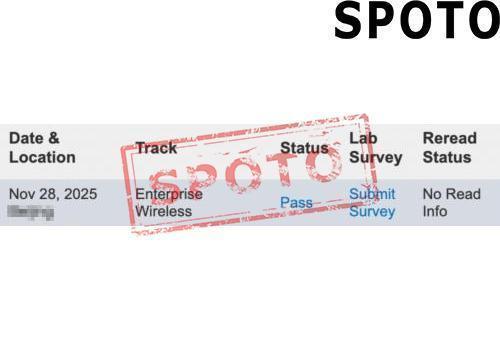
The Cisco Certified Internetwork Expert (CCIE) certification is one of the most challenging and respected networking certifications in the IT industry. Achieving CCIE status is a testament to your expert-level networking knowledge and hands-on skills. However, passing the CCIE exam requires extensive preparation, discipline, and the right study approach.
If you're planning to take the CCIE exam, you might be wondering, What's the best way to study? In this guide, we'll walk you through the most effective strategies to prepare for the CCIE written and lab exams, helping you maximize your chances of success.
Understand the CCIE Exam Structure
Before diving into preparation strategies, it's crucial to understand the CCIE exam format. The CCIE certification consists of two parts:
-
The Written Exam: This is a qualifying exam that tests your theoretical knowledge of networking concepts. You must pass this exam before attempting the lab exam.
-
The Lab Exam: This is an intense 8-hour hands-on practical exam that assesses your ability to configure and troubleshoot complex network scenarios.
Each CCIE track, such as Enterprise Infrastructure, Security, Data Center, Collaboration, and Service Provider, has its own specific exam topics and requirements. Make sure you review the blueprint for your chosen track.
Step 1: Build a Solid Theoretical Foundation
Since the CCIE written exam is the first hurdle, you need a deep understanding of networking concepts. Here's how to build your theoretical foundation:
-
Use Official Cisco Materials: Cisco Press books and official certification guides are excellent resources.
-
Enroll in a Training Program: Platforms like Cisco's official training courses, SPOTO, and other reputable providers offer structured learning paths.
-
Join Study Groups: Engaging with peers in forums like Cisco Learning Network and Reddit's networking community can provide insights and different perspectives.
-
Take Notes and Summarize: Writing down key concepts helps reinforce learning and makes it easier to review later.
Step 2: Get Hands-On Practice
The CCIE is not just about theoretical knowledge; hands-on experience is critical. Here's how to get practical experience:
-
Set Up a Home Lab: If possible, build a physical lab using Cisco devices to practice configurations and troubleshooting.
-
Use Cisco's VIRL or GNS3: Virtual lab environments like Cisco VIRL, GNS3, or EVE-NG allow you to simulate real-world network scenarios.
-
Work on Real-World Scenarios: Challenge yourself with real network design and troubleshooting tasks rather than just following lab guides.
-
Time Yourself: Since the CCIE lab exam is time-bound, practice under exam-like conditions to improve speed and efficiency.
Step 3: Take Practice Exams
Mock exams are an essential part of CCIE preparation. They help you assess your knowledge and identify weak areas. Here's how to incorporate practice exams into your study plan:
-
Use Cisco's Official Practice Tests: These simulate the actual exam and provide a benchmark of your readiness.
-
Leverage Third-Party Providers: Training providers like SPOTO offer high-quality CCIE practice exams that mimic real exam conditions.
-
Review Incorrect Answers: Understanding why you got a question wrong is more valuable than simply memorizing the right answer.
-
Repeat Until You Achieve Consistency: Aim for consistent high scores before attempting the real exam.
Step 4: Develop an Effective Study Plan
Given the complexity of the CCIE exam, having a structured study plan is essential. Here's how to create an effective one:
-
Set a Study Schedule: Dedicate specific hours each day or week to studying.
-
Break It Down: Divide topics into manageable sections and tackle them one at a time.
-
Mix Theory with Practice: Alternate between reading and hands-on lab exercises to reinforce learning.
-
Allocate Time for Revision: Regularly revisit previous topics to ensure retention.
-
Avoid Cramming: CCIE requires deep understanding, which takes time to develop.
Step 5: Join a Bootcamp
Many candidates find CCIE bootcamps beneficial, especially before taking the lab exam. These intensive training programs offer:
-
Instructor-Led Training: Learn from experienced CCIE-certified instructors.
-
Realistic Lab Scenarios: Work on labs that closely resemble the actual CCIE exam.
-
Personalized Feedback: Get insights into your strengths and areas that need improvement.
Popular bootcamp providers include Cisco's official training, INE, and SPOTO.
Step 6: Stay Consistent and Motivated
Studying for CCIE can be overwhelming, but consistency is key. Here are some tips to stay motivated:
-
Set Clear Goals: Define why you want to achieve CCIE certification and remind yourself of your end goal.
-
Join a Study Group: Studying with others can keep you accountable and motivated.
-
Take Breaks: Burnout is real—schedule short breaks to maintain productivity.
-
Celebrate Small Wins: Acknowledge progress to stay encouraged.
Step 7: Prepare for Exam Day
When your exam day approaches, follow these last-minute preparation tips:
-
Review Your Notes and Summaries: Focus on key concepts and common trouble areas.
-
Get a Good Night's Sleep: Being well-rested improves focus and performance.
-
Arrive Early: Ensure you have ample time to check in and settle before the exam.
-
Stay Calm and Confident: Trust your preparation and approach the exam with a positive mindset.
Conclusion
Earning your CCIE certification is a challenging but rewarding journey that requires a mix of theoretical study, hands-on practice, and structured preparation. By following these steps—building a strong foundation, practicing consistently, taking mock exams, and maintaining motivation—you can significantly increase your chances of success.
Whether you choose self-study, bootcamps, or a combination of both, the key is to stay disciplined and focused on your goal. With the right approach, you'll be on your way to becoming a CCIE-certified networking expert!
